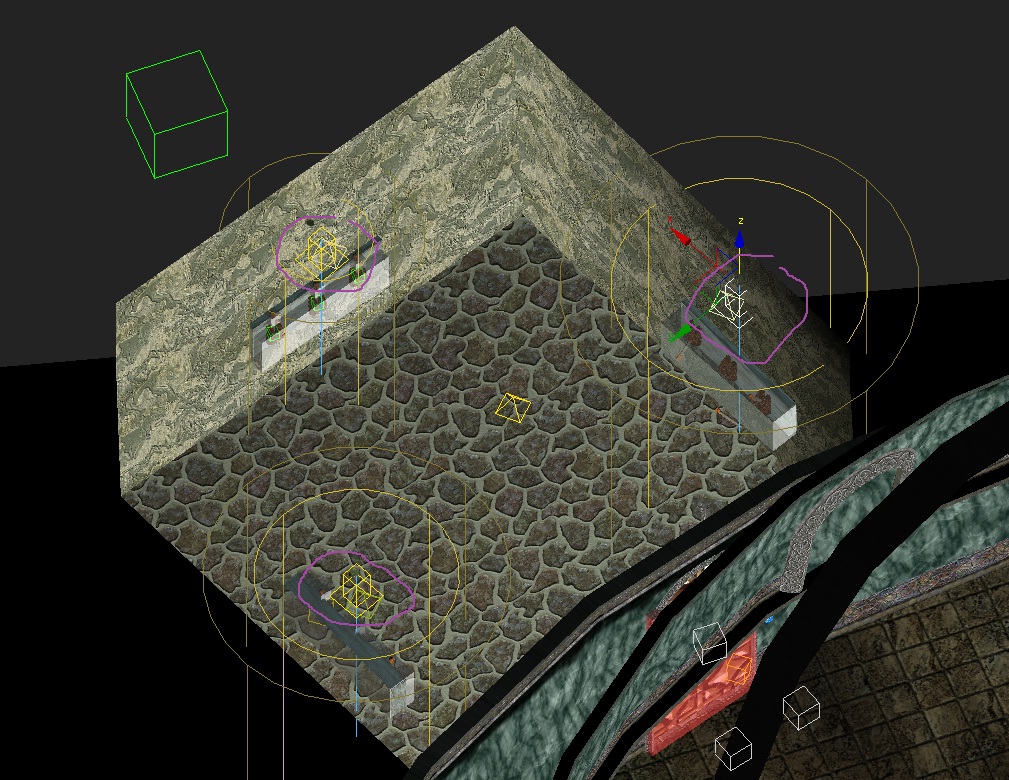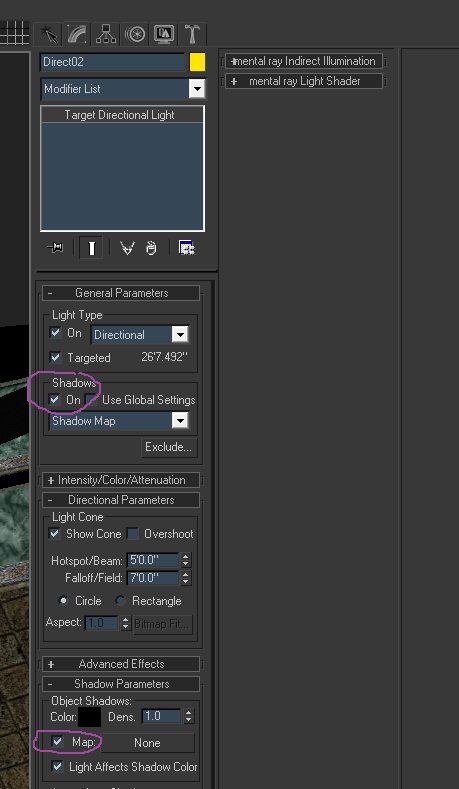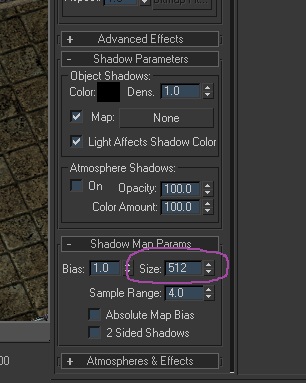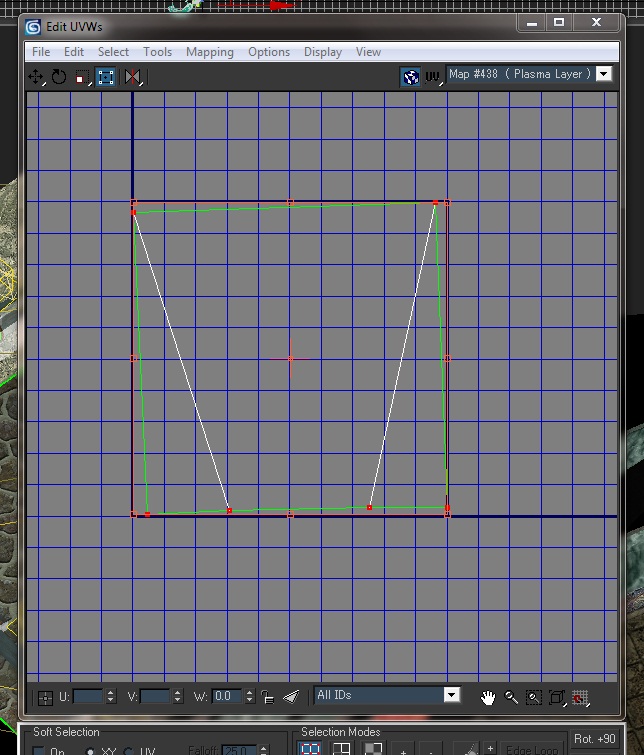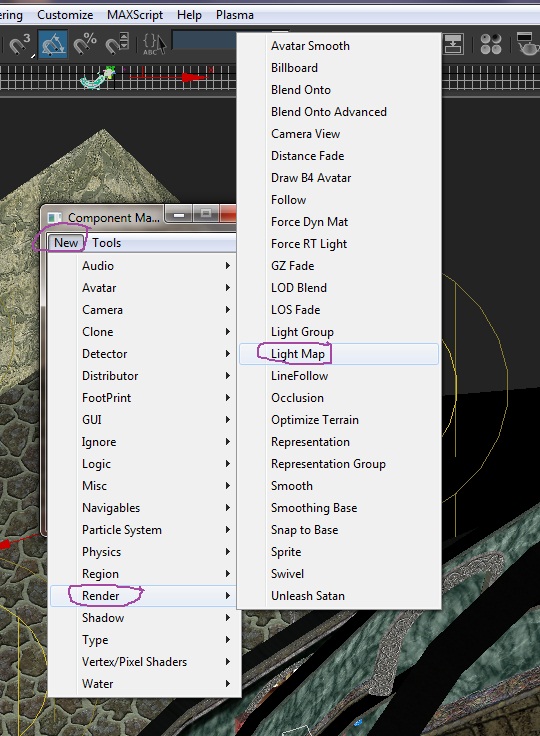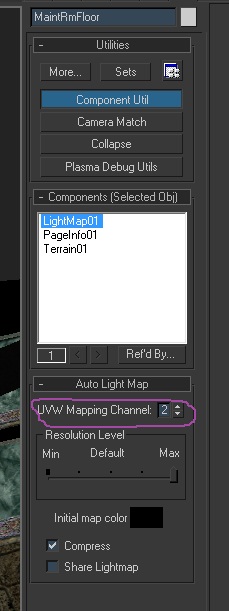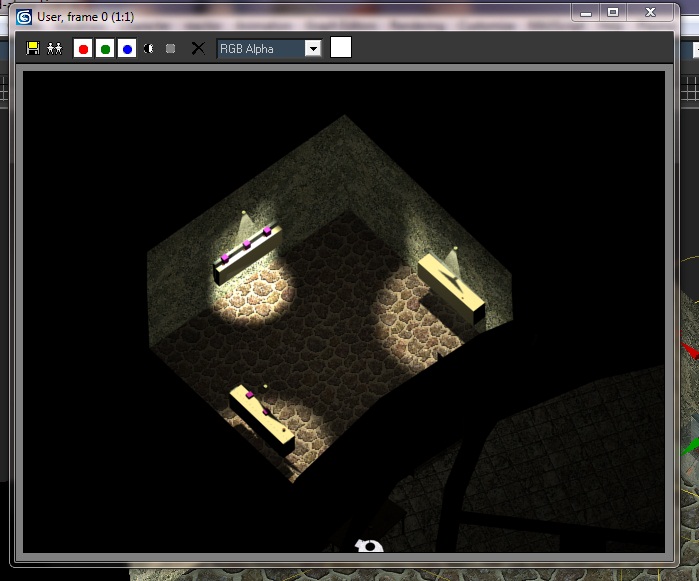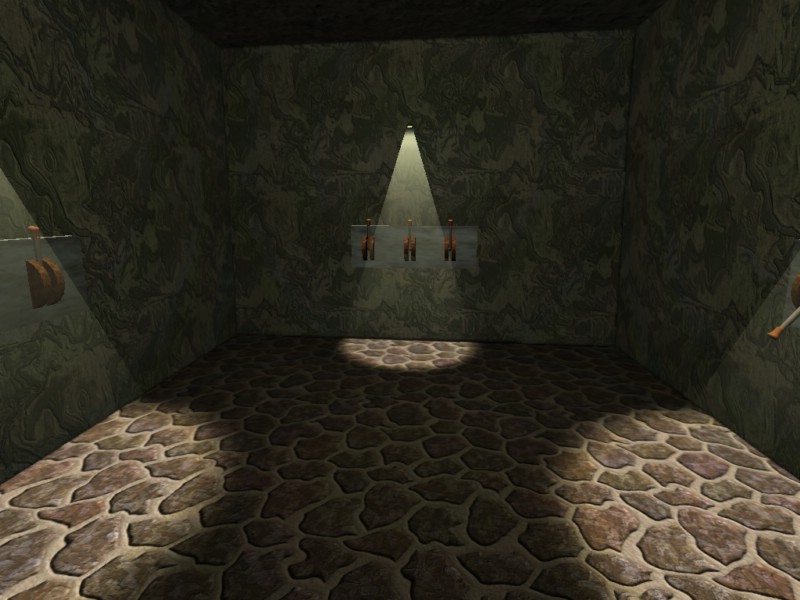Important! Please read the announcement at http://myst.dustbird.net/uru-account.htm
Also! Please read the retirement announcement at http://myst.dustbird.net/uru-retirement.htm
Light Maps in Max
Light Maps are what we use to either show light splashes (like you see from spot lights, etc), or for defining shadows better. You can use them just about everywhere, but keep in mind that they can bloat your texture prp file. Cyan kept the number they used of these small, and limited to interior places. For larger areas, consider using Vertex Painting to define your shadows better.
Credit for the information in this tutorial goes to Nye Sigmund who figured out how to use it.
Getting Started
Making Light Maps with Max is very easy, and those that are used to how it was done with Blender 2.49 and earlier, will recall how much of a pain it was then.
First you will need to set up your lights that will be helping produce your light splashes and shadows. Directional lights work good, but you can use any, however they MUST be Max Standard lights. Do NOT try and use Plasma Run Time lights for this (remember, Plasma RT lights are for lighting up the avatar and animated objects).
Once you have the lights set up, go to their Modification Tab. In each light's roll out, you must make sure you have Shadows turned on, and put a check mark where it says Map:
Also, further down in the rollout, you need to set the map size to the same size as your actual textures being used on your object:
Next, select your object that the light map is going to be on (in this case it's my floor). In the Modifier Tab, add another Unwrap UVW modifier (NO! Do not use the one you put in to UV map your texture! This is going to be a 2nd UV channel, and must be separate.), in the roll outs, make sure you set this one to channel 2:
Next, open up the UV Editor and remap this 2nd channel so that all the faces lay inside the single texture tile. If you let the faces be outside the blue box, things will not look quite right.
Now call up the Component Manager and click on New > Render > Lightmap and assign it to the object.
In the roll out for it, make sure you change the UVW Mapping channel to 2:
Now, if you want you can use the F10 key and do a quick render and see how it is turning out:
Once you export, you can link in your Age and see how it looks:
Return To: Andy's Max Tutorials
